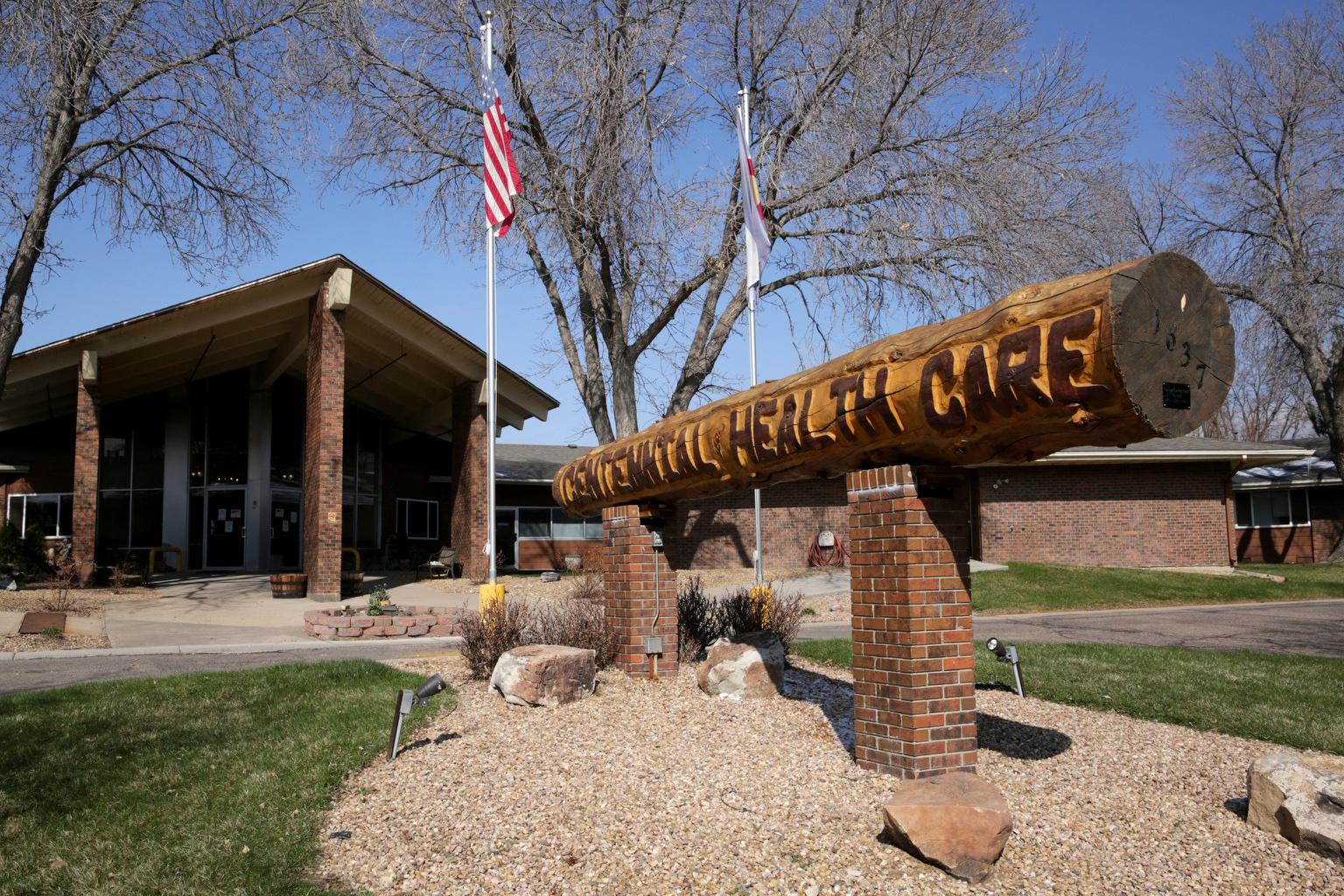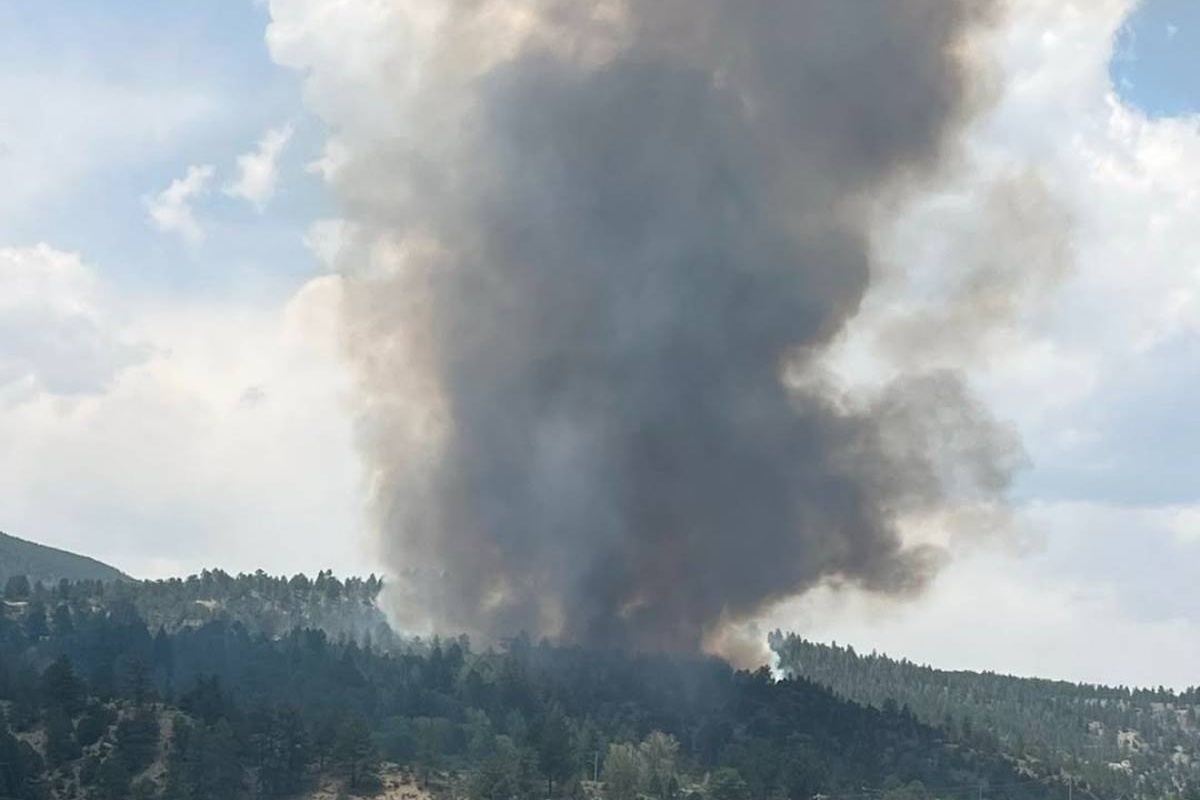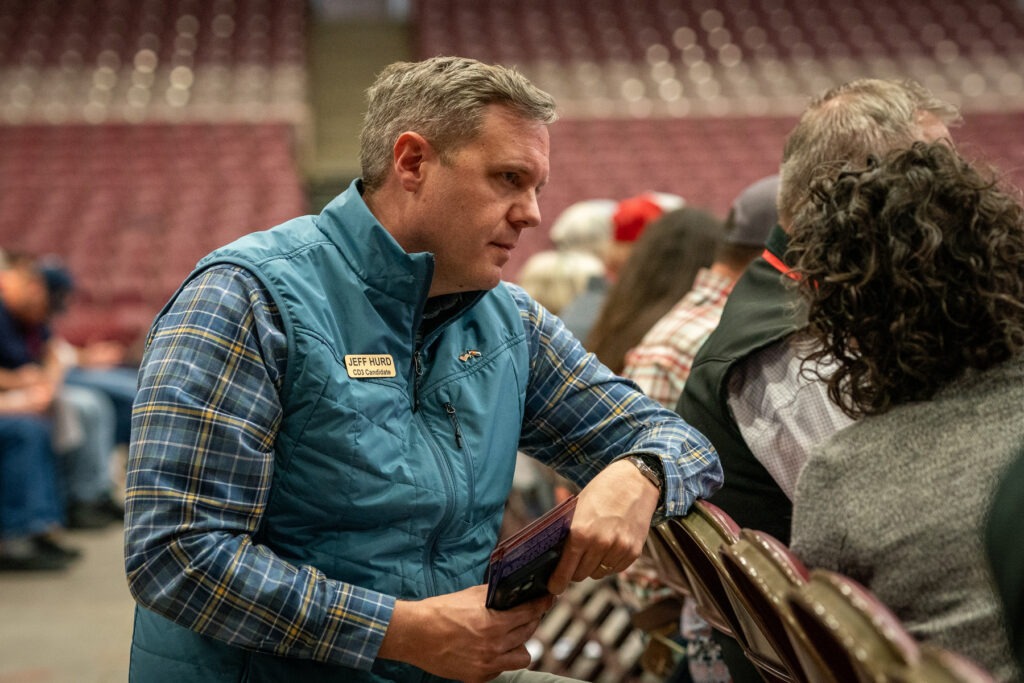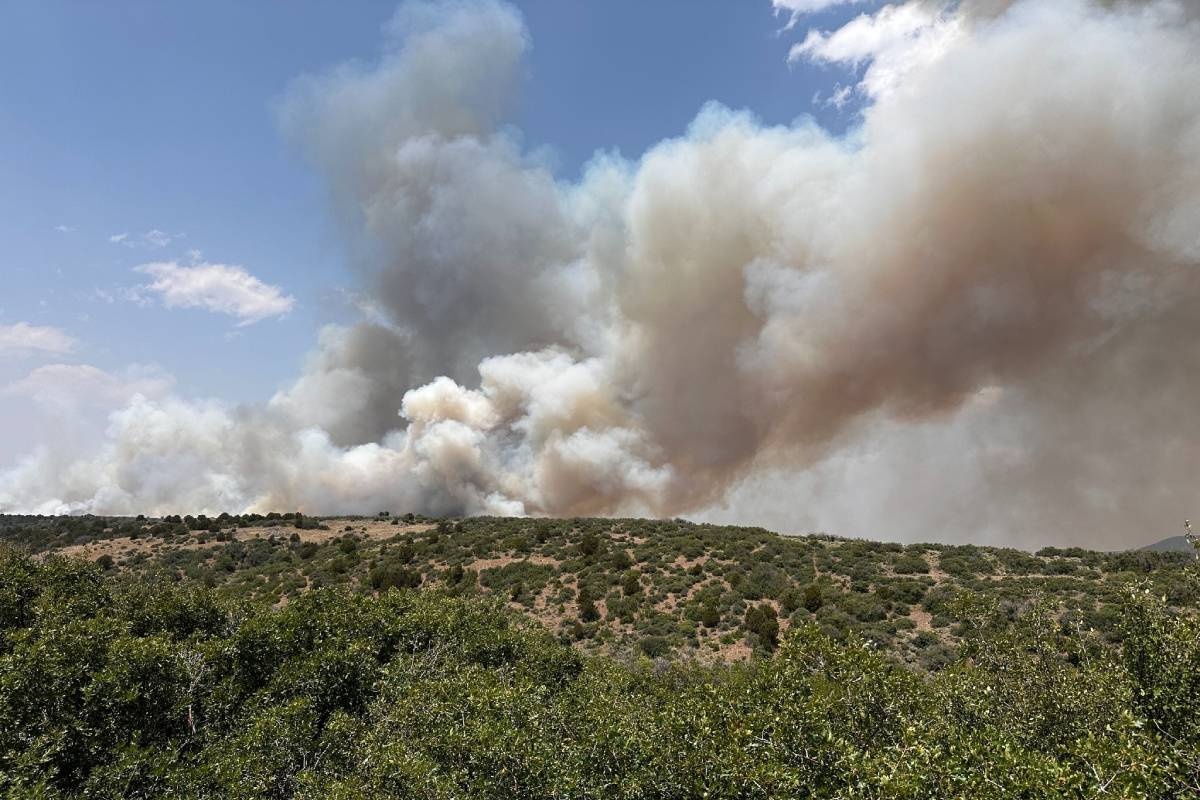
They've tried banning visitors. They've added new rules for infection control. They've ordered temperature checks for workers and increased testing.
But nothing the state of Colorado has done has stopped the spread of COVID-19 within the state's homes and rehab centers for the elderly.
At least 107 such facilities have reported outbreaks, with several facilities reporting double-digit fatalities. Cherry Creek Nursing Center in Aurora reported 24 total deaths, 6 of which were suspected COVID-19 cases that have not been confirmed by a lab. Centennial Healthcare Center in Greeley reported 19 total deaths, two of which are not lab-confirmed, but has not reported any additional cases or deaths since last week. One staff member with a confirmed case of COVID-19 at the Julia Temple Healthcare Center has also died.
The death toll in elder care facilities, at 323 among residents reported through Wednesday, has nearly doubled since last week, when the state reported a total of 176 resident deaths. It has confounded state and local efforts to slow the spread, but the state is still trying. In a new order, released last Friday, Gov. Jared Polis ordered all nursing homes to release detailed plans to combat COVID-19 within their facilities by May 1.
This is the state's first formal decree regarding nursing homes since its first order on March 12, which restricted visitation at nursing facilities and required staff to get checked for symptoms before their shifts.
"We were doing things in between the first and second order, but eventually realized that there were going to have to be formal plans in place that was specific to each facility,” said Jill Hunsaker Ryan, the executive director of CDPHE.
Polis also deployed the National Guard to assist with testing at large nursing facilities throughout the state. With this new testing, the state is prioritizing facilities without outbreaks in hopes of detecting any cases before they spread. The National Guard is testing staff before residents because many staff members work at multiple facilities and have the potential to spread the disease beyond the facility.
CDPHE officials have not been able to pinpoint a common source for the infection in nursing homes, and say that the asymptomatic spread of the disease has likely played a role. In a press conference Friday, Gov. Polis said that not all facilities had implemented proper temperature checks and questioning of staff as they entered nursing facilities. CDPHE officials also said many facilities in Colorado have struggled to isolate patients with COVID-19. The state is now working to secure 200 beds at St. Anthony’s North Health Campus in Westminster, where residents of nursing facilities with COVID-19 can be properly isolated.
Prior to the arrival of COVID-19 in Colorado, infection control was a known issue at nursing homes. Of the 107 facilities that now have outbreaks, 52 have been cited for infection control issues within the last three years. Gov. Polis’s March 12 order required CDHPE to conduct infection control checks with facilities with known issues. Those checks have continued, but onsite investigations have been limited by access to personal protection equipment for inspectors.
While elder care facilities across the country have struggled with outbreaks, Colorado ranks among the states with the highest percentage of COVID-19 deaths occurring in nursing homes. According to data collected by the Wall Street Journal, only Minnesota has a higher percentage of nursing home deaths than Colorado with 73 percent. In the U.S. as a whole, 23 percent of COVID-19 deaths have occurred in nursing homes. Not all states have released data regarding nursing home deaths, and each state counts deaths differently.
According to CDPHE officials, nursing homes have become a priority for CDPHE as it is now clear that previous guidance was not sufficient to stop outbreaks.
“I think we feel like we do have a pretty good system in place at this point,” Hunsaker Ryan said.









